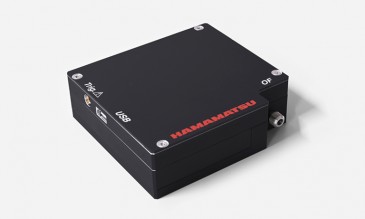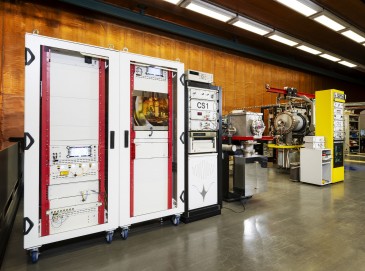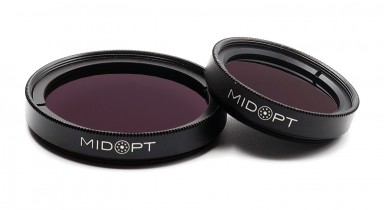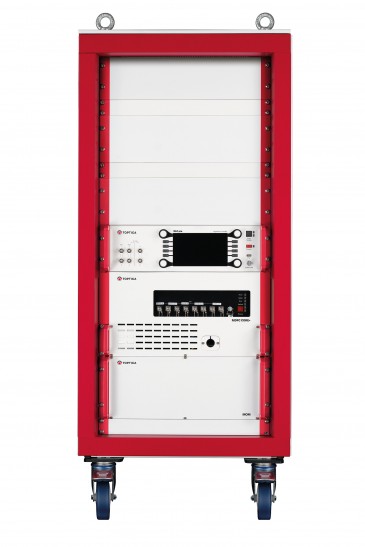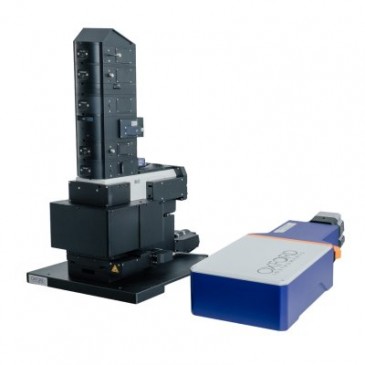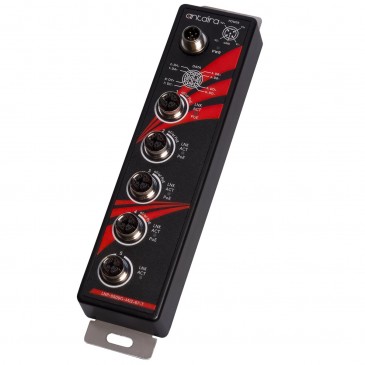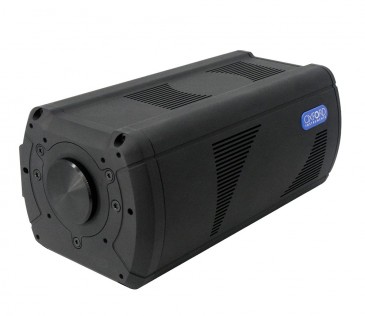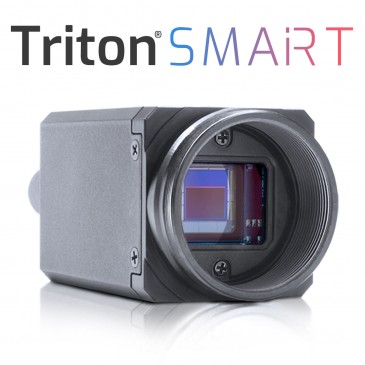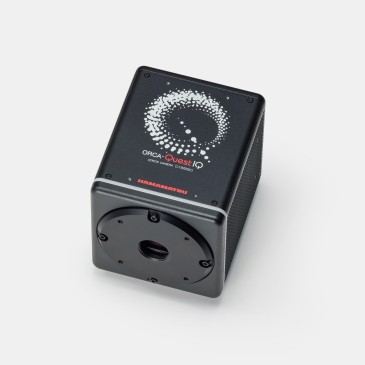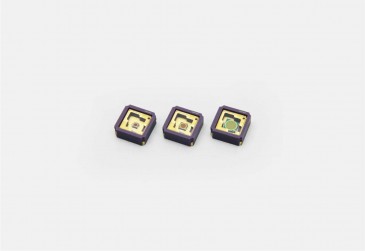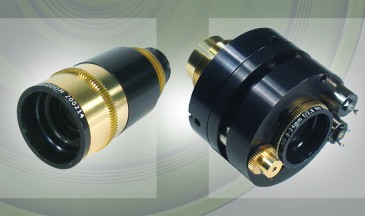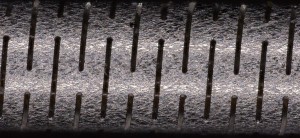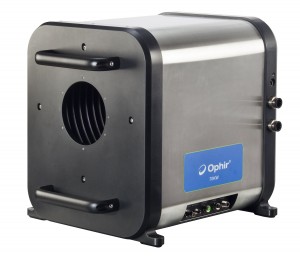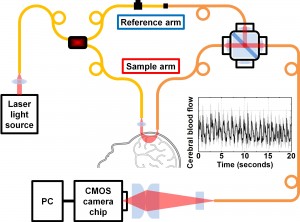
Biomedical engineers at the University of California, Davis (UC Davis) have developed a potentially cheaper, more robust technique for measuring blood flow in the human brain. The researchers call the new method, which is based on conventional digital camera technology, interferometric diffusing wave spectroscopy — or iDWS.
Measuring blood flow deep in biological tissue with near-infrared light
“iDWS is a new way to measure blood flow deep in biological tissue with near-infrared light,” describes Vivek Srinivasan associate professor of biomedical engineering and ophthalmology at UC Davis. His team observed that laser light that scatters from moving red blood cells (RBCs) in tissue creates an intensity “speckle” pattern that fluctuates, depending on how fast RBCs are moving and how numerous they are. “By measuring the rate of these fluctuations, it is possible to study tissue blood flow,” he says, adding, however, that these measurements are very challenging in deep organs like the human brain, which lies beneath the skull and scalp. He said the speckle pattern of light returning from the brain is much too weak and fluctuates too quickly to be seen by the naked eye. In fact, extremely sensitive photon counting detectors are necessary just to measure these fluctuations.
“Our device boosts the weak light field returning from the brain, multiplying it by a strong reference light field, producing intensity fluctuations strong enough to be measured by an inexpensive CMOS sensor,” Srinivasan said. “This enables us to probe cerebral blood flow through the intact skull and scalp in adult humans, without needing expensive and complex detectors.”
Advantages of iDWS
Compared with previous methods that use photon counting, iDWS is much less expensive, more scalable and uses a sensor technology that is being driven by mobile phones, cameras and other mass-produced devices, according to the researchers.
The professor noted that not long after the discovery of the laser, researchers realized that dynamic scattering of laser light could probe blood flow in biological tissues. Superficial tissue blood flow can now easily be assessed by techniques based on this idea, including laser Doppler and laser speckle flowmetry. However, measuring blood flow centimeters below the surface has required expensive approaches to count the small numbers of photons that make it back. “Boosting the light power on the scalp is not possible due to concerns about heating,” he pointed out. “Instead, we boost the weak sample light field with a strong reference field, creating intensity fluctuations that are strong enough to be measured by a CMOS camera.”
Applications for iDWS
The researcher said this device will enable routine cerebral blood flow (CBF) monitoring in cardiac surgery, neurotrauma, ischemic stroke and neonatal intensive care. More broadly, he predicts that this idea will enable point-of-care CBF measurements, assessing CBF in athletes or soldiers after head injury, and even wearable “health and wellness” CBF monitors for consumers, analogous to blood pressure and heart rate monitors.
The professor goes on to speak about the more testing aspects of this particular research work: “Our biggest challenge was the common conception that interferometry is very sensitive to motion artifacts,” Srinivasan says. “We found that while this conception is true, the motion artifacts were insignificant on the fast times scale of the rapid light fluctuations we were trying to assess.”
Next step
Going forward with the research endeavor, Srinivasan and his team would like to adapt the technology for use in neurointensive care to monitor patients with acute stroke, traumatic brain injury and subarachnoid hemorrhage. “By providing a continuous monitor of CBF, our technology potentially fulfills a real clinical need,” he concludes.
The research is described in the paper “Highly parallel, interferometric diffusing wave spectroscopy for monitoring cerebral blood flow dynamics,” published in Optica.
Written by Sandra Henderson, Research Editor, Novus Light Technologies Today






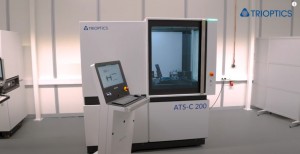
















 Back to Features
Back to Features